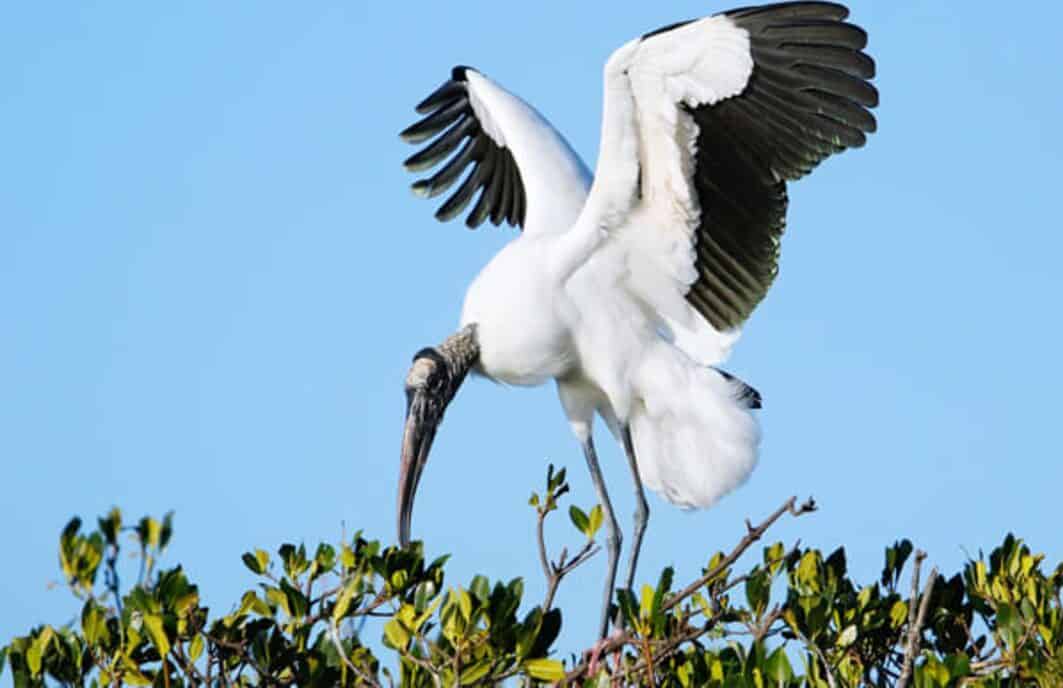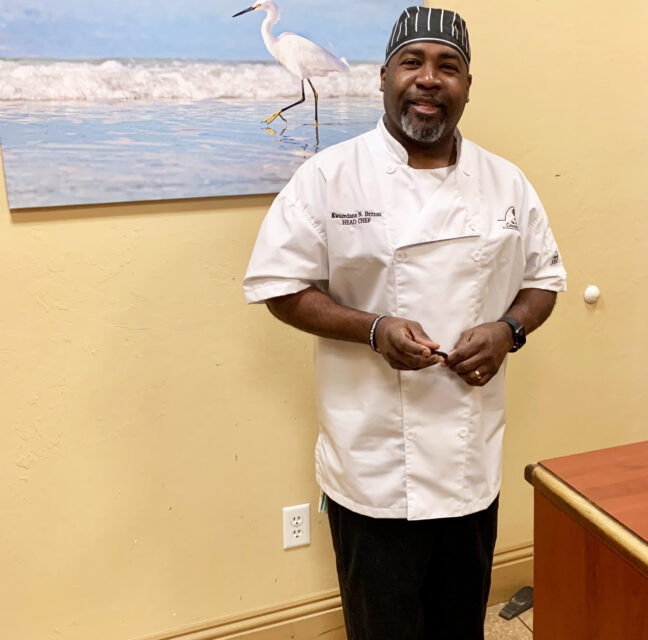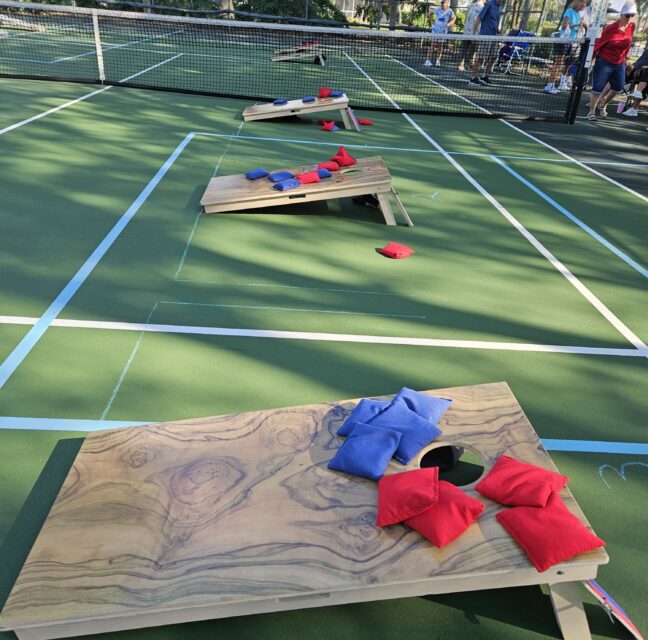
The Wood Stork is a large, long legged wading bird that reaches a height of 35-45 inches with a wingspan of 60-65 inches. They are entirely white save for their black flight feathers and tail. The head and upper neck of adult Wood Storks have no feathers but have gray rough scaly skin. They also have a black bill and black legs with pink toes. Adult Wood Storks are voiceless and are capable of only making hissing or low croaking sounds. They are impressive fliers, soaring on thermals as high as 6000 feet with neck and legs outstretched. (They are distinguishable in the air by the black feathers at the back edge of their wings as opposed to Ibis who have black feathers at the tips of their wings.) The Wood Stork has many folk names, including “Wood Ibis” (due to its down-curved, Ibis-like bill) and “flinthead” (for its scaly-looking bare head). The word “wood” probably refers to the birds’ favored nesting habitat in lowland wetlands.
Florida holds the largest nesting population of Wood Storks in the United States. Native to Central and South America, the Wood Stork is the only species of stork that breeds in the U.S. They arrive in South Florida in large numbers in October, and their nesting season runs from late November to early March. Females lay a single clutch of two to five eggs per season. The average incubation period is 30 days, with young wood storks able to fly 10-12 weeks after hatching. Wood Storks nest in colonies with as many as 25 nests in one tree. Nests are nearly exclusively found in trees on small islands or trees that are inundated by standing water, as the presence of alligators has been shown to deter nest predators, like raccoons, which are a threat to eggs and young chicks.
Wood Storks feed by wading in shallow water. Over the course of the dry season in South Florida water levels can drop over four feet. This recession serves to concentrate the fish, and once the water level drops below 16 inches, Wood Storks will come in to feed. Their hunting technique is unique as they move their partially opened bill through water, snapping up prey when the prey comes in contact with the bill (a process called “tactilocation”). Wood Storks’ bill snap is one of the fastest reaction times recorded in vertebrates (25 milliseconds), and they are highly efficient when prey are heavily concentrated in shallow water. They eat a variety of fish, including minnows, killifish, and mullet, as well as crayfish, crabs, aquatic insects, snakes, baby alligators, small turtles, frogs, rodents, and some seeds and other plant material. Fish between 1 and 10 inches in length make up the bulk of their diet; however, early in the breeding season in South Florida, locally abundant crayfish are believed to contribute significantly. It takes an estimated 440 lbs of these small fish and crayfish over the 13-week nesting season for a pair to successfully fledge chicks.
The Wood Stork in Florida was reclassified by the U.S. Fish and Wildlife Service on June 30, 2014 from Endangered to Threatened. The destruction and degradation of Florida’s wetlands (drainage of cypress stands primarily for development) has made it difficult for Wood Storks to find enough food for their young.
Notes: https://corkscrew.audubon.org/conservation/wood-sord-life-history
https://www.dnr.sc.gov/marine/mrri/acechar/speciesgallery/Birds/WoodStork/index.html






